基于相机Z轴深度的景深背景模糊RenderFeature
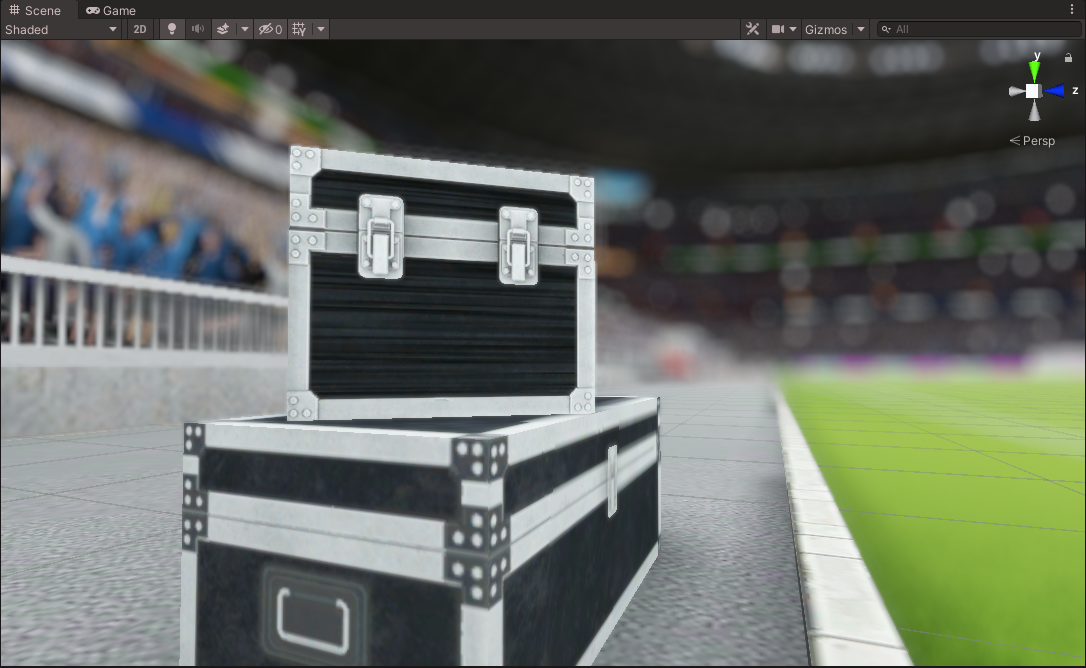
景深(DoF)是摄影和电影制作中的一个关键概念。此RenderFeature实现了基于相机Z轴深度的景深效果,可以产生真实的虚焦光斑(bokeh)和平顺的对焦/追焦效果。

景深(DoF)是摄影和电影制作中的一个关键概念。此RenderFeature实现了基于相机Z轴深度的景深效果,可以产生真实的虚焦光斑(bokeh)和平顺的对焦/追焦效果。
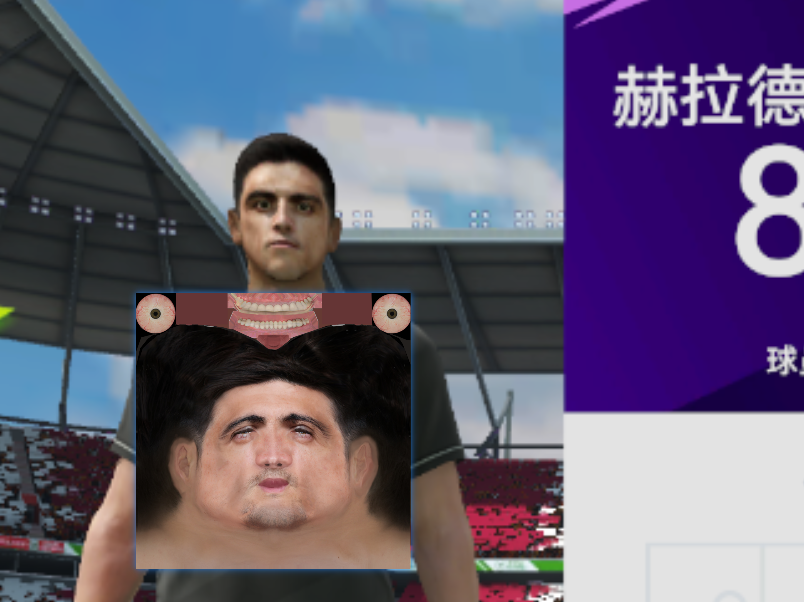
一个用于自动验证和处理人物头像albedo贴图的工具,可以提高贴图制作效率和质量控制。包含了自动检查、数据分析和批量处理功能。
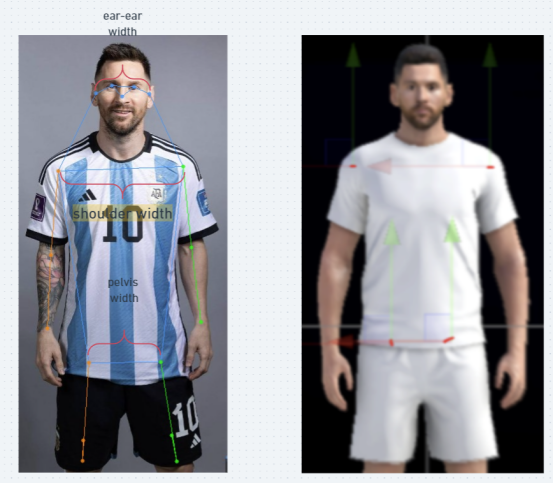
一个专门用于计算和调整3D人物模型头肩比例的自动化工具,帮助美术人员快速调整和验证模型是否符合设计规范。
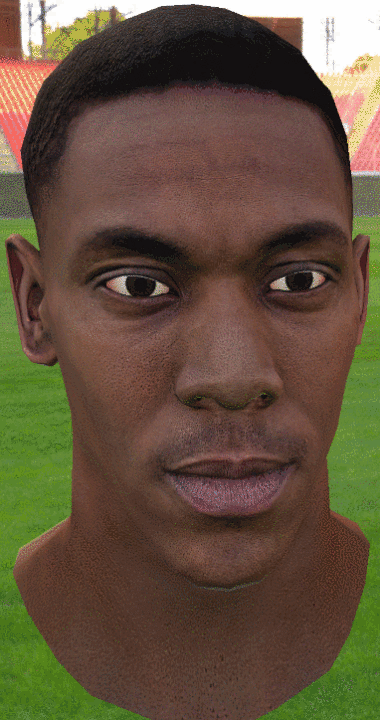
详细介绍如何使用 Substance Painter 制作高质量的 Smoothness Map,包括工作流程、参数设置和最佳实践,帮助美术提升材质表现力。

An educational augmented reality (AR) application that simulates how polymers react to being put under stress. It seeks to help students visualize how an outside force makes the polymers stretch and to learn what is actually happening to the chains of molecules inside. It is accomplished through a facsimile of a polymer that the student can interact with using the device's gesture controls, pulling until the point of fracture. We also have real-time stress-strain curve graphs for the deformation of the polymer, and eye tracking data to record students' focus behaviors for instructors to improve their teaching styles.

This project uses Vulkan to simulate and render grass in real-time based on the following paper: Responsive Real-Time Rendering for General 3D Scenes.

Implemented Ideal Diffuse, perfectly specular-reflective, physically based depth-of-field, antialiasing, texture and normal mapping, arbitrary mesh loading and rendering with GLTF, path continuation/termination with stream compaction, contiguous in memory by material type, cache the first bounce intersections.
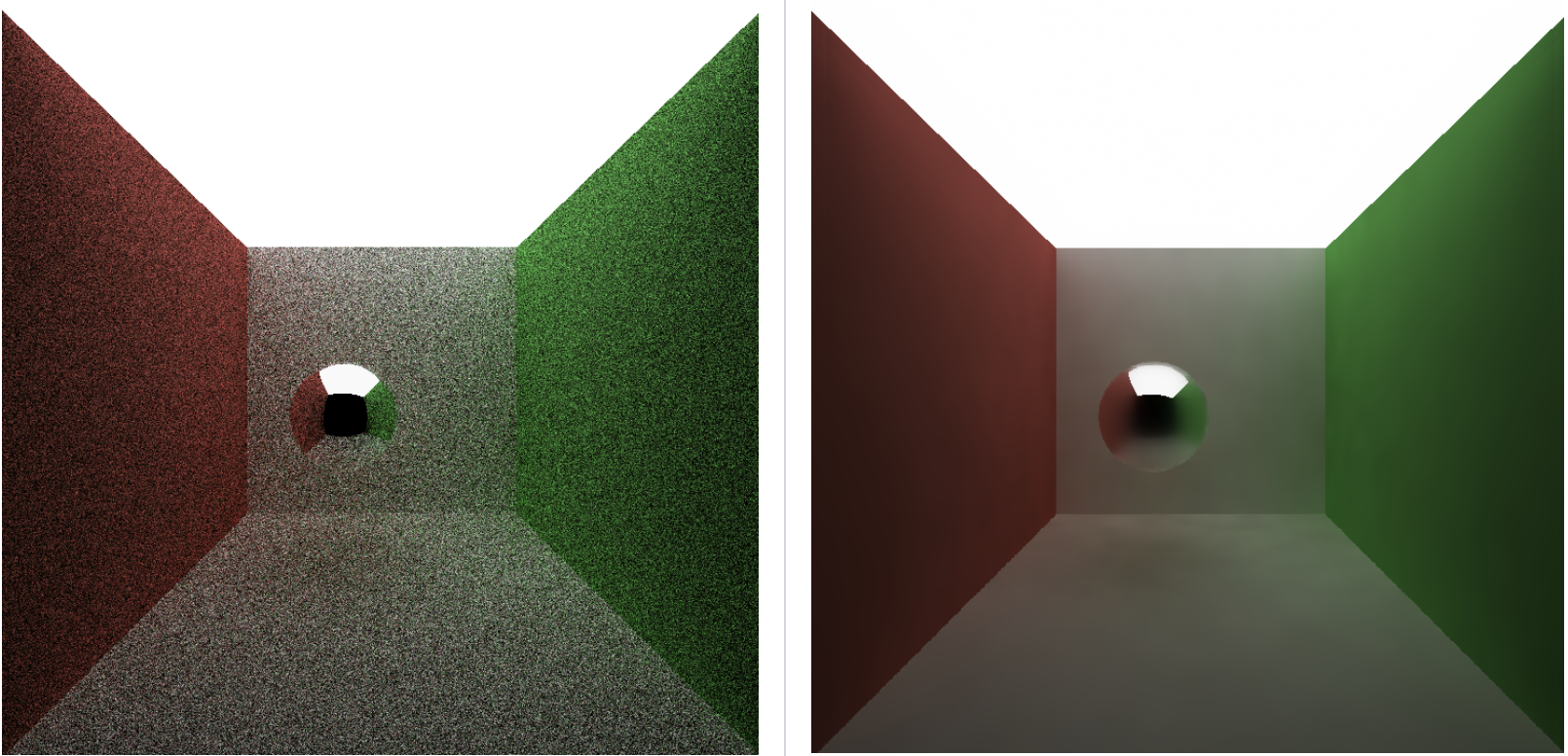
Implemented the paper Edge-Avoiding À-Trous Wavelet Transform for fast Global Illumination Filtering for the path tracer above. Reduces path tracing rendering time by nearly 98% to get a promising result.
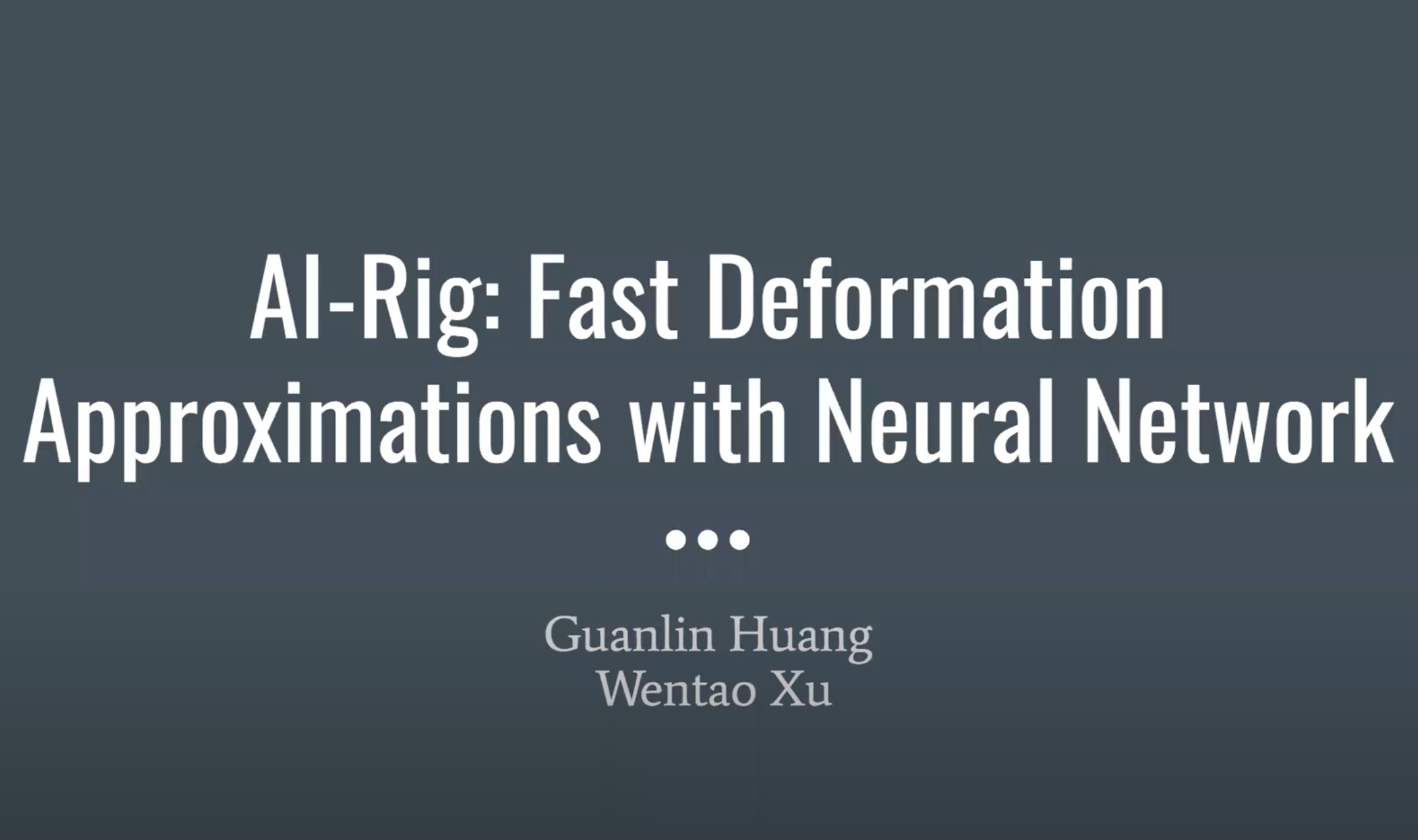
Implemented as a Maya plugin, our authoring tool intends to cut down the computational cost of mesh deformations for film-quality rigs, allowing for increased interaction during animation creation and use in real-time games and apps even on mobile devices.

Implemented bidirectional scattering & reflectance distribution function (BSDF, BRDF) with GLSL to render photo-realistic graphics. Features: diffuse surface scattering, specular surface bounces and refracting, micro-surface (metal) scattering, HDR environment lighting.
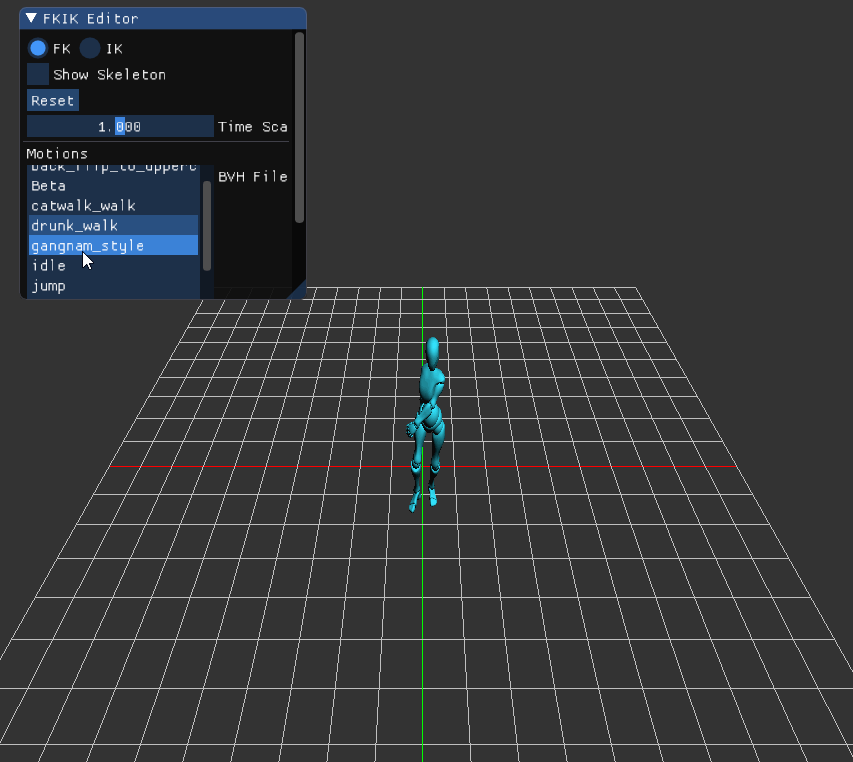
FK is implemented in order to load and play the BVH animation files; and the IK solver, implemented with Limb-based IK, CCD IK, and Pseudo Inverse IK method, uses input fields to edit the position of the targets for the root joint and four end joints.
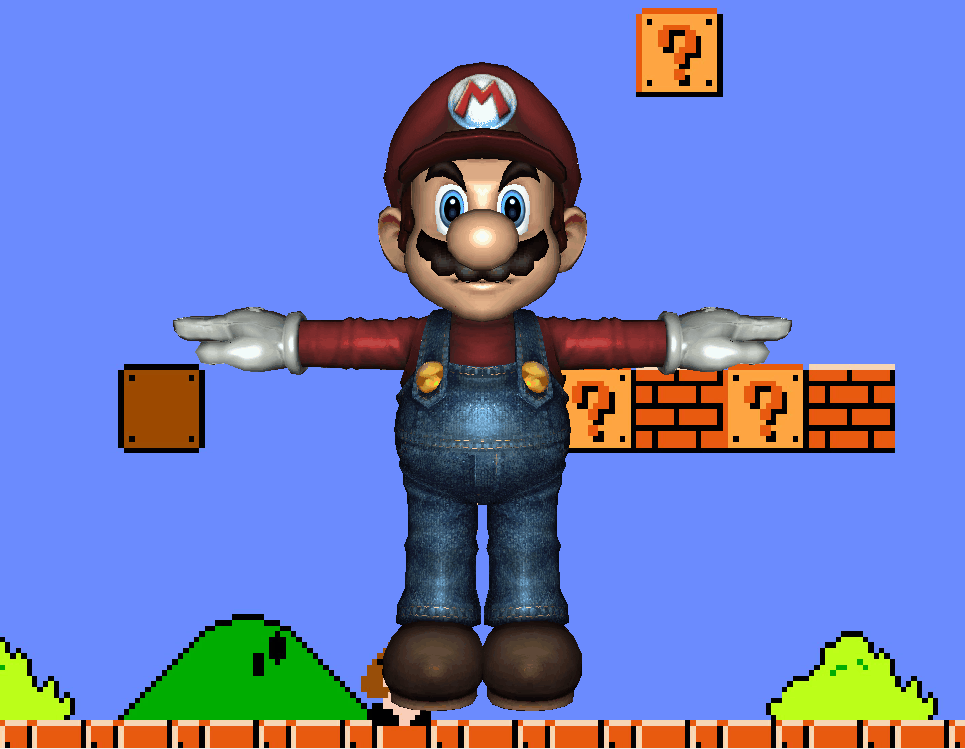
Features:
Blinn-Phong Reflection Shader (Plastic look),
Matcap Reflection Shader (using 2D texture to give the appearance of a complex materia without having to perform expensive lighting calculations),
"Iridescent Shader" (prodedurally-generated color palette based on cosine curves with different periods.),
Custom vertex deformation shader (for fun),
Post-process shaders: Greyscale and vignette shader, Gaussian Blur Shader, Sobel Filter, Fake Bloom Shader

Features: Obj mesh loading, Catmull Clark Subdivision, Face extrusion, Mesh Skinning with Skeleton.